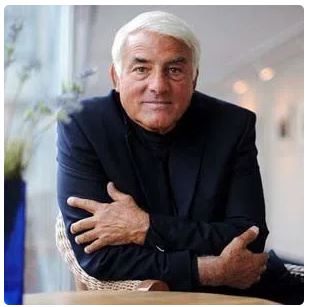In recent decades, diagnosis rates autism in the US have skyrocketed — from 1 in 2,000 children in the 1980s, to about 1 in 31 todayThis impressive increase has raised questions, concerns, and a lot of misinformation. Behind this change lies, in large part, a group of scientists who sought something positive: to include more children with difficulties in the care spectrumDr. Allen Frances, professor of psychiatry at Duke University and head of the team that revised the diagnostic criteria in 1994 (DSM-IV), admits today the consequences of their choices“It’s a form of mea culpa,” he told the BBC. “We had good intentions, but we unintentionally created serious side effects.”
From Asperger’s to the “Spectrum”
The crucial change came in 1994, when new guidelines first included Asperger syndrome , a milder form of autism, in the same diagnostic axis. In 2013, the concept was expanded even further: all subtypes were unified under the term “autism spectrum disorder” (ASD) .
This had two immediate effects:
- Many people with social difficulties or different behaviors were included in the autism category.
- Support services and health coverage are often based on diagnosis, resulting in increased official registrations.
“Many children were labeled with a serious disorder, when they might have been experiencing a normal version of human diversity,” Frances noted.
The Danger of Misinterpretation and Misinformation
The rapid increase in diagnoses has also fueled conspiracy theories , such as the false vaccine-autism link, which began with a 1998 study that has since been retracted and rejected by science. Frances himself has stated, “I feel guilty that we contributed — even if unintentionally — to the birth of the anti-vaccination movement. I knew from the beginning that the increase was due to the definition and diagnosis, not the vaccines.”
Diagnosis with Care and Sensitivity
Frances points out that a diagnosis of autism in children should not be considered definitive and irrevocable : “Diagnoses in children should be written in pencil, not in ink,” he says. “The situation changes, children develop, and often an initial diagnosis does not reflect the future course.” In fact, studies show that a percentage of diagnoses can be related to other mental conditions , such as anxiety or depressive disorders.
Inclusion, Not Stigma
The point of this dialogue is not to limit diagnoses, but to encourage a more thoughtful and humane approach . Autism is not an “epidemic.” It is a form of human diversity that needs understanding, acceptance, and support , not fear or panic. The autistic community is not a “problem to be solved” — it is a valuable part of our social diversity.











